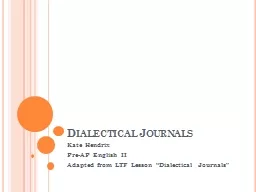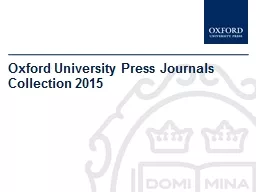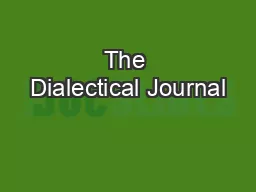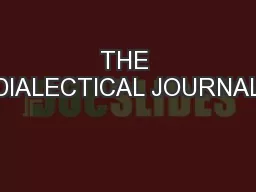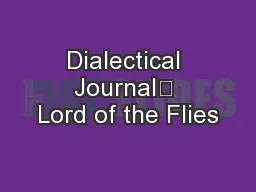PPT-Dialectical Journals
Author : kittie-lecroy | Published Date : 2016-07-21
Kate Hendrix PreAP English II Adapted from LTF Lesson Dialectical Journals Character Journal Character Journal Record evidence about the character words actions
Presentation Embed Code
Download Presentation
Download Presentation The PPT/PDF document "Dialectical Journals" is the property of its rightful owner. Permission is granted to download and print the materials on this website for personal, non-commercial use only, and to display it on your personal computer provided you do not modify the materials and that you retain all copyright notices contained in the materials. By downloading content from our website, you accept the terms of this agreement.
Dialectical Journals: Transcript
Download Rules Of Document
"Dialectical Journals"The content belongs to its owner. You may download and print it for personal use, without modification, and keep all copyright notices. By downloading, you agree to these terms.
Related Documents

